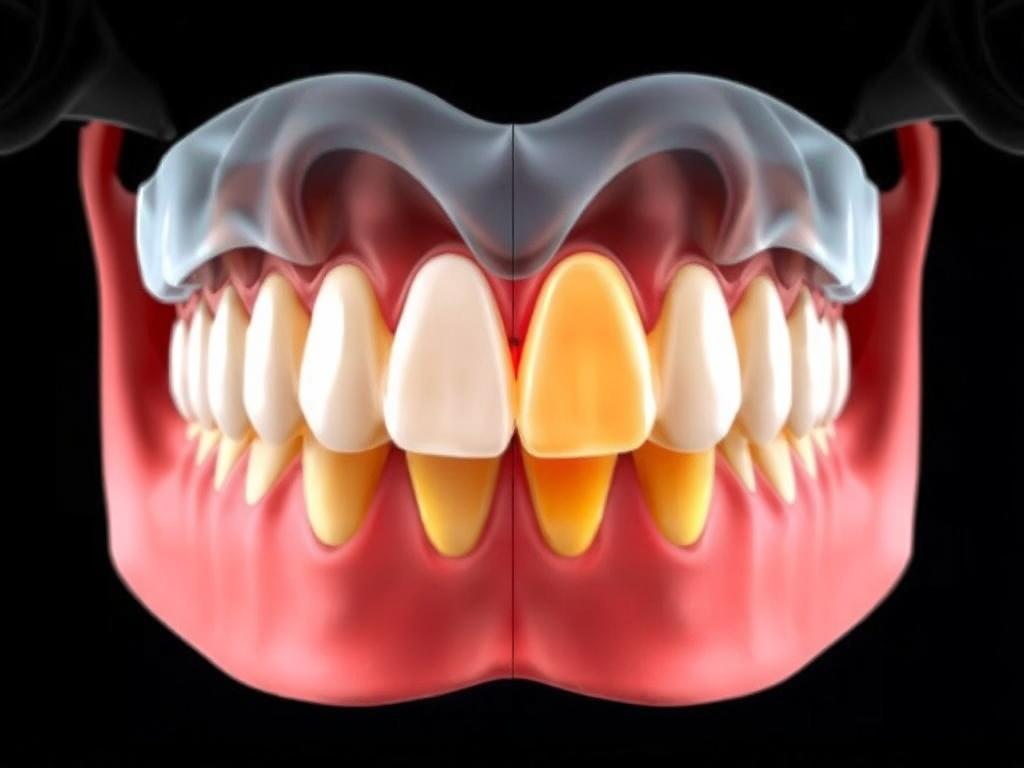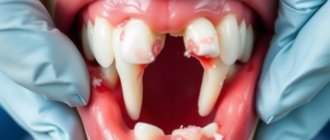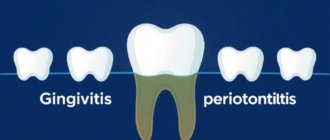When considering dental implants, one of the key factors that can determine success is the condition of your jawbone. If your bone density or volume is insufficient, bone grafting for dental implants may be necessary to create a solid foundation. In this comprehensive guide, we will walk you through everything you need to know about bone grafting, why it’s essential, the types available, the procedure, recovery, and how it ensures your dental implants last a lifetime.
Содержание
- 1 What Is Bone Grafting for Dental Implants?
- 2 Why Is Bone Grafting Necessary for Dental Implants?
- 3 Types of Bone Grafts Used in Dental Implant Procedures
- 4 The Bone Grafting Procedure: What to Expect
- 5 Possible Risks and How to Avoid Them
- 6 How Bone Grafting Improves Dental Implant Success Rates
- 7 Alternatives to Bone Grafting for Dental Implants
- 8 Cost Considerations: What to Expect Financially
- 9 Frequently Asked Questions About Bone Grafting for Dental Implants
- 10 Taking Care of Your Bone Graft and Dental Implant
- 11 Looking to the Future: Innovations in Bone Grafting and Implantology
- 12 Summary Table: Key Points About Bone Grafting for Dental Implants
- 13 Conclusion
What Is Bone Grafting for Dental Implants?
Bone grafting is a surgical procedure where bone material is added to your jawbone to improve its density and quantity before placing dental implants. Implants require a certain amount of strong, healthy bone to anchor firmly. When patients have experienced bone loss due to periodontal disease, trauma, tooth loss, or other conditions, their natural bone might not be enough to support the implant securely. That’s where bone grafting comes in.
Think of it as building a sturdy foundation for a house. Without solid ground, the structure won’t be stable. The same goes for dental implants — they need a healthy base to remain functional and stable over time.
Why Is Bone Grafting Necessary for Dental Implants?
Sometimes, when a tooth is lost or removed, the surrounding bone begins to shrink or deteriorate because it isn’t stimulated any longer. This natural bone resorption can make it difficult to place an implant right away. Bone grafting addresses this problem by restoring the lost volume and allowing your jawbone to support the implant properly.
In addition to tooth loss, other factors can contribute to insufficient bone, such as:
- Periodontal (gum) disease, which can destroy both gum tissue and bone.
- Trauma or injury leading to bone damage.
- Congenital defects or developmental issues affecting bone structure.
- Long-term denture use without implants, which may lead to bone loss.
Types of Bone Grafts Used in Dental Implant Procedures
Bone grafting isn’t a one-size-fits-all solution. Your dental surgeon will choose the best type of graft based on your individual needs, the amount of bone needed, and your overall health. Here are the main types of bone grafts commonly used for dental implants:
| Type of Bone Graft | Description | Pros | Cons |
|---|---|---|---|
| Autograft | Bone taken from another part of your own body (usually chin, hip, or jaw). | Highest success rate, no risk of rejection, encourages natural bone growth. | Requires an additional surgical site; longer recovery. |
| Allograft | Bone sourced from a human donor (cadaver), processed to ensure safety. | No second surgical site; good biological compatibility. | Slightly lower success rate than autograft; possible viral/infection risk (very low). |
| Xenograft | Bone taken from an animal source (usually bovine). | Widely available; no donor surgery needed. | May resorb slower; possible immune reaction. |
| Alloplast | Synthetic bone graft material made from biocompatible substances. | No risk of disease transmission; readily available. | Lower biological compatibility; slower integration. |
The Bone Grafting Procedure: What to Expect
If your dentist or oral surgeon determines that you need bone grafting before your dental implants can be placed, understanding the procedure can help ease any anxiety. The process involves several clear steps:
Initial Consultation and Assessment
Before the grafting, your doctor will take detailed X-rays or 3D scans, such as a cone beam CT scan, to evaluate your bone quality and determine the amount of graft material needed. They’ll also review your medical history to check for conditions that might affect healing.
Performing the Bone Graft Surgery
During the surgery, local anesthesia (sometimes combined with sedation) is used to make you comfortable. The surgeon exposes the defective area of your jawbone by gently opening the gums. Then, the graft material is packed or shaped into place on top of your existing bone. In some cases, a membrane or barrier is applied to protect the graft and encourage healing.
Depending on the complexity, the procedure usually lasts from 30 minutes to a couple of hours.
Healing and Integration: The Waiting Game
After surgery, your body’s natural processes gradually replace the graft material with new, strong bone. This healing and integration phase, called “osseointegration,” usually takes several months—between 3 to 9 months depending on the graft type and individual healing rates. During this time, it’s crucial to follow your dentist’s recommendations to avoid complications.
Possible Risks and How to Avoid Them
Like all surgical procedures, bone grafting comes with some risks, though complications are relatively rare when performed by experienced professionals. Possible complications include infection, graft failure or rejection, inflammation, and prolonged pain. Adhering to good oral hygiene, avoiding smoking, and attending follow-up appointments reduce your risk significantly.
Tips for a Successful Bone Graft and Implant Procedure
- Quit smoking at least several weeks before surgery as smoking can impair healing.
- Maintain meticulous oral hygiene but avoid disturbing the surgical site.
- Follow your surgeon’s diet and medication instructions carefully.
- Attend all scheduled check-ups and immediately report any unusual pain or swelling.
How Bone Grafting Improves Dental Implant Success Rates
Ultimately, the goal of bone grafting is to ensure your dental implant has a strong anchor that mimics natural tooth roots. Studies consistently show that implants placed in grafted bone have success rates similar to those placed in native bone. With a stable bone foundation, implants are less likely to loosen or fail over time.
Additionally, bone grafting can enhance the aesthetics of your smile by preserving the shape of your jawline and preventing bone loss-related facial changes.
Alternatives to Bone Grafting for Dental Implants

While bone grafting is often the solution for insufficient jawbone, sometimes alternative techniques may be possible:
- Short Implants: These implants are shorter than traditional ones and can be used where bone height is limited.
- Zygomatic Implants: Anchored in the cheekbone rather than the upper jaw, suitable for severe bone loss cases.
- Sinus Lift: A specific type of bone graft to increase bone height in the upper jaw near the sinus cavity.
Your dental team can help you decide the best personalized approach based on your unique anatomy and circumstances.
Cost Considerations: What to Expect Financially
Bone grafting adds an additional step and cost to the dental implant process. The price varies based on the graft type, complexity, location, and provider fees. To give you a rough idea, here’s a simple cost breakdown:
| Procedure | Estimated Cost (USD) | Notes |
|---|---|---|
| Bone Graft (Simple) | $200 – $500 | Minor graft; small amount of bone added |
| Bone Graft (Complex/Block) | $800 – $3,000 | Large graft, block grafting, or autograft surgery |
| Dental Implant Placement | $1,000 – $3,000 per implant | Cost varies by implant type and location |
Many dental insurance plans partially cover bone grafting, especially if deemed medically necessary. Financing options are also often available through dental offices.
Frequently Asked Questions About Bone Grafting for Dental Implants
- Is bone grafting painful? Most patients experience some soreness after the procedure, but it is manageable with prescribed pain medication and ice packs.
- How long does bone grafting add to the implant timeline? Healing from a bone graft typically requires 3 to 9 months before implant placement can proceed.
- Can bone grafts fail? While possible, failures are uncommon if post-operative care instructions are followed and your health is good.
- Are there alternatives to bone grafting? Yes, options like short implants or zygomatic implants may be suitable depending on your case.
- What is the success rate of implants with bone grafts? Success rates generally range between 90% and 95%, comparable to implants placed without grafting.
Taking Care of Your Bone Graft and Dental Implant
Proper care after bone grafting and dental implant placement is critical to long-term success. Some key tips include:
- Avoid hard or crunchy foods until your surgeon says it’s safe to resume normal eating.
- Keep your mouth clean, but follow special instructions regarding brushing and rinsing.
- Attend all scheduled follow-up appointments for monitoring and maintenance.
- Maintain regular dental check-ups and cleanings after your implant is fully healed.
Keeping up with your oral hygiene and avoiding habits like smoking or excessive alcohol consumption can improve healing and longevity.
Looking to the Future: Innovations in Bone Grafting and Implantology
Exciting advancements continue to emerge in bone grafting and dental implant technology. Growth factors and stem cell therapies aim to promote faster bone regeneration. New biomaterials are being developed that better mimic natural bone and reduce healing time. Computer-guided implant surgery allows for more precise placement, increasing success rates and reducing recovery time.
As research evolves, patients can look forward to less invasive procedures, faster recoveries, and sustainable, natural-feeling dental restorations supported by robust bone foundations.
Summary Table: Key Points About Bone Grafting for Dental Implants
| Aspect | Details |
|---|---|
| Purpose | To rebuild jawbone for implant support |
| When Needed | Insufficient bone volume or density |
| Types | Autograft, allograft, xenograft, alloplast |
| Healing Time | 3-9 months (varies) |
| Risks | Infection, graft rejection, swelling, pain |
| Success Rate | 90-95%, comparable to implants without graft |
| Cost Range | $200 to $3,000 depending on complexity |
Conclusion
Bone grafting for dental implants is an essential procedure that can dramatically enhance the success of your implant treatment, especially when natural bone loss has occurred. By understanding the various types of bone grafts, the surgical process, and the importance of post-operative care, you can enter this journey confidently and prepared. Though it might add time and complexity, the investment in rebuilding your jawbone creates a stable, lasting foundation for your new teeth and restores not just your smile, but your oral health and quality of life. With modern dentistry’s techniques and ongoing innovations, bone grafting today is safer and more effective than ever, making dental implants an achievable solution for many patients who were once deemed unsuitable. If you’re considering implants but worried about bone loss, talk to your dental professional — bone grafting might just be the key to your new smile.






